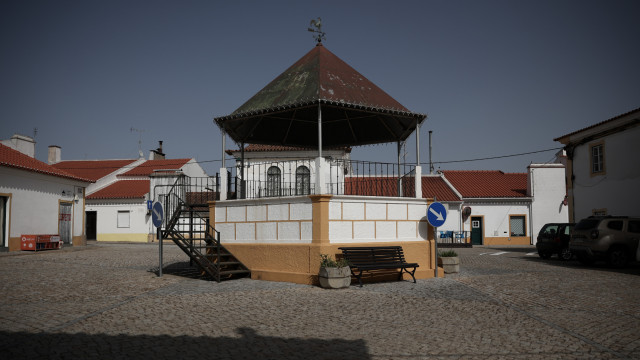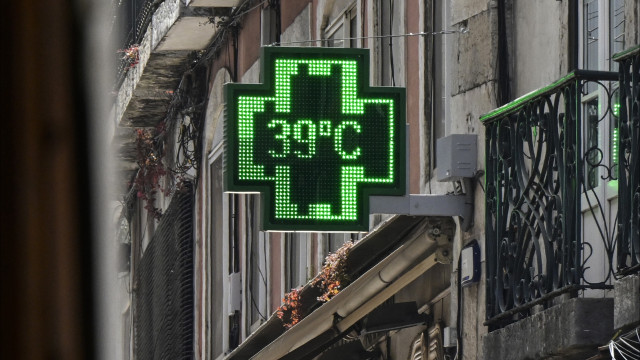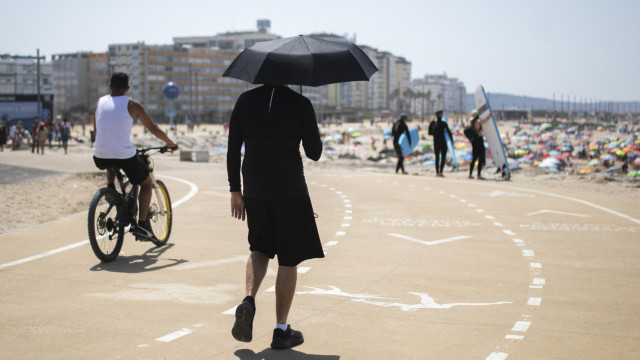This Sunday marked the beginning of at least two days of a red alert in some districts of the country due to a heatwave affecting not only this area but also other parts of Europe.
Seven districts were on ‘red alert’ today, and the same seven are expected to remain at this level on Monday: Lisbon, Setúbal, Beja, Évora, Portalegre, Castelo Branco, and Santarém.
Given the high temperatures exceeding 40°C in several regions, noteworthy records have been observed. On this Sunday, for instance, the Portuguese Institute of the Sea and Atmosphere (IPMA) reported that the highest recorded temperature was 46.6°C in Mora, Évora district.
The IPMA noted that this is a figure nearing the absolute maximum in the country, previously documented on August 1, 2003, when 47.3°C was recorded in Amareleja, Beja district.
This temperature was recorded at 15:30 and remains the highest of the day so far.
Regarding the maximum temperature for June, the record was “slightly lower at 44.9°C, recorded in Alcácer do Sal [Setúbal district], on June 17, 2017,” stated meteorologist Alexandra Fonseca to Lusa.

IPMA reassesses and adds two more districts to red alert on Monday
Alexandra Fonseca further stated to Lusa that on Monday, “a decrease [in temperatures] will begin in some areas of the country; however, it is not a significant decrease yet.”
“The change will be noticed mainly along the coastal strip of the Central region, while the country, especially inland, will continue to experience high temperatures,” she explained.
The meteorologist emphasized that “despite a decrease of one or two degrees, these temperatures will still be high inland,” justifying the red alert issued by IPMA.
Initially, experts had set seven districts to ‘red alert’ for today and five for tomorrow, but the map was updated on Sunday to equal the number and districts with the maximum level due to the heat.

A red alert never comes alone: What did it bring?
The heatwave that struck the mainland over the weekend led to fires and meteorological instability, including showers, strong winds, thunderstorms, and hail, according to an IPMA source.
The same meteorologist confirmed instability phenomena (confirmed by radar and satellite), with the daytime heatwave causing high clouds that resulted in showers and strong winds, thunderstorms, and large-sized hail, particularly from Portalegre towards central and north.
The meteorologist indicated that by the late afternoon, there was recorded instability throughout the inland areas, but with a tendency to abate due to night cooling.

Portugal isn’t the only place experiencing soaring temperatures. The heatwave has kept much of southern Europe on alert, with temperatures above 40°C, unusually high for many areas, even in summer, and it is expected to continue throughout the week.
In regions of Portugal, Spain, Italy, and Greece, minimum temperatures will not drop below 30°C even at night, prompting authorities in some cases to close schools and issue health warnings for vulnerable individuals.






